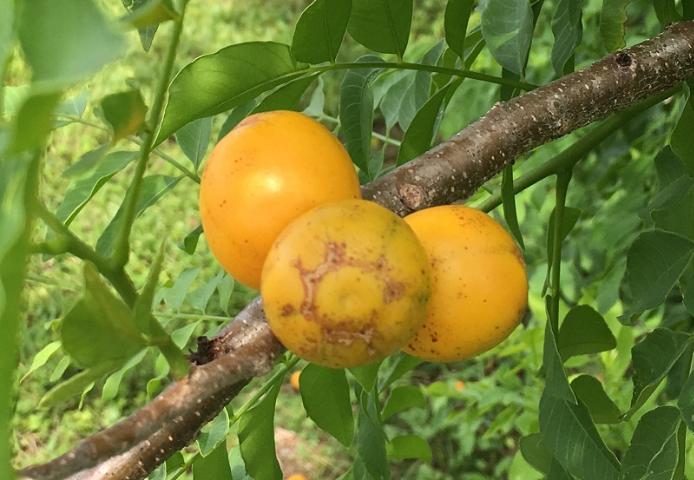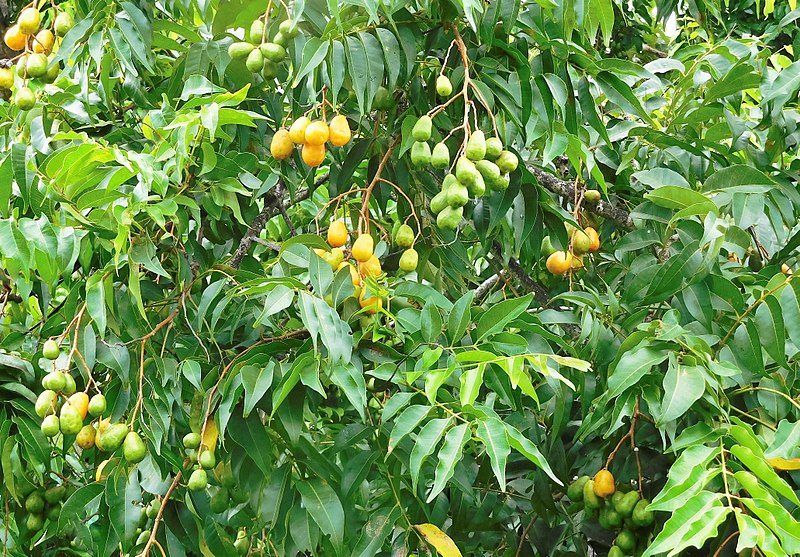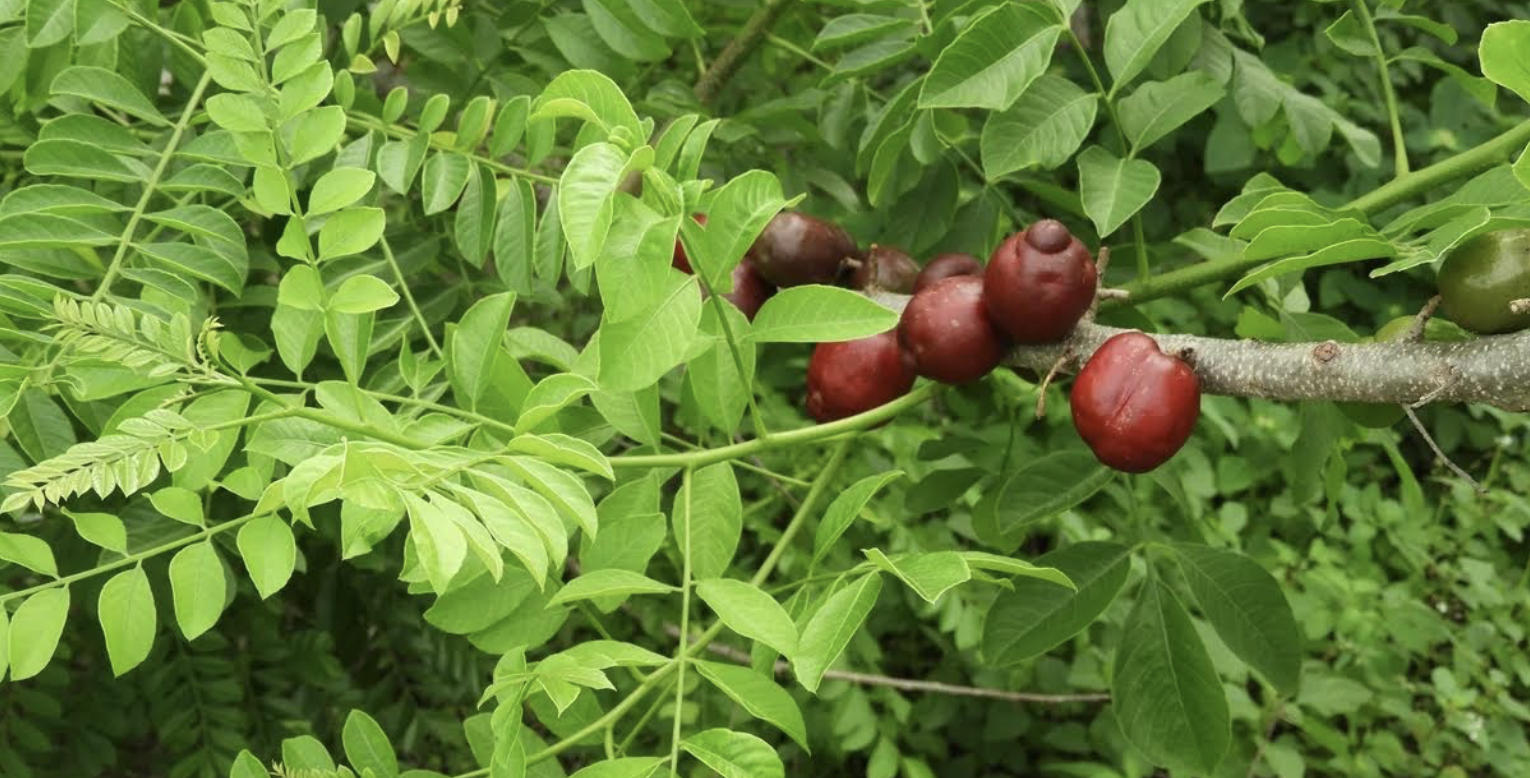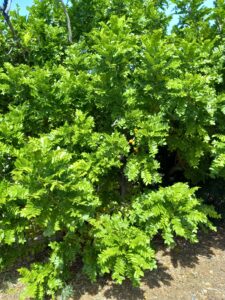
Recently, I wrote an article on the hog plum tree and its cultural, natural, medicinal, and traditional uses in the Virgin Islands. However, the public at times might get confused while identifying plants. Some might look alike but their physical structure may be different in terms of the fruits, trunk, leaves, etc. The September plum, which produces fruits in September, looks like the hog plum fruits, but calling the same fruit September plum is incorrect as they are two different fruits and trees.

Nevertheless, the September plum and the hog plum are in the same plant family, known as Anacardiaceae. In fact, cashew and mango are also in the same plant family as the September plum and hog plum. Let me try to make it a little simpler when I mention plant family. In the scientific botanical world of plant identification, those that have similar flowers, reproductive structures, and other characteristics are evolutionarily related and are grouped into plant families. Therefore, species in the same plant family tend to have similar growth characteristics, nutrient needs, and often the same pests, pathogens, and herbivores.
In layman’s terms, we can say the September plum and hog plum are cousins, but not identical. Then, to make it more confusing for some, the September plum fruit is yellow like the hog plum fruit. You might even get more confused when I say there is a variety of red or purple plum that produces in September, which is part of the plant family of Anacardiaceae. I would put it this way: There are many varieties of mangoes that taste different, have texture and color differences, etc., but they are mango trees all the same.
So, the yellow fruit is called September plum while the red or purple fruit is known by Virgin Islanders as purple plum. However, the purple or red plum might be a shrub or low-branched, small spreading deciduous tree (Spondias purpurea) reaching about 25 to 30 feet tall, with a thick trunk up to one foot in diameter. The bark is gray or brown, smoothish, soft and thick, becoming rough and warty on large trunks. The large branches are brittle and easily broken. The leaves are pinnate, with seven to 23 leaflets each leaf. We can say leaflet blades are paired except for the terminal one, and are 1 to 1½ inches broad, nearly hairless, and dull or slightly shiny.
Flowers are male or female and bisexual on the same tree. The fruits are yellow or purplish-red and are oval drupe. September plum fruits are attached to the stem of the branches of the tree while the hog plum fruit hang down like clusters of grapes off the branches of the tree. September plum and the purplish red have short-stalked yellow or red fruits, a juicy and edible pulp, and a large seed ½ to ¾ inches long, which is fibrous on the outside of the fruit. Both September plum and purple-plum variety trees flower in the spring and fruits mature in the summer.

There are many common names of Spondias purpurea, such as Jobo frances in Puerto Rico, purple-plum or September yellow plum in the Virgin Islands, Chile plum in Barbados, and wild plum in Costa Rica, just to mention a few. Spondias purpurea is native to the tropical Americas and distributed widely from Peru, Brazil, and Mexico and planted and naturalized throughout the Caribbean region, except the Bahamas. September plum and purple-red plum are not found growing wild in the Virgin Islands from what I know.
You tend to find these two small trees growing in backyards of V.I. residents, whereas the hog plum tree (Spondias mombin) grows wild in the Virgin Islands, especially along guts and streams. The September yellow plum is high in vitamin C. You must eat 10 plums to get your total vitamin C for the day. Other vitamins include B-Thiamin and B3 Niacin. Eating the fruit strengthens your immune system, promotes healthy gums and teeth, helps a body absorb iron, and helps nerves function properly. The red or purple plum also offers the same vitamins.


Ripe fruits can be eaten raw or cooked with sugar to make desserts. Unripe fruits can be picked or made into a tart green sauce. In the “Native Recipes” book published by the School of Agriculture, University of the Virgin Islands, there is a recipe for making a drink from the September plums. “Wash very ripe fruits. Place fruits in pot and crush with potato masher. Cover fruits with water and bring to boil. Reduce heat and simmer for one minute. Turn off heat, let stand until cool. Add sugar to taste. Serve cold.” You can also make the drink without adding sugar.
On the other hand, the leaves of the September plums and purple-red tree have antibacterial properties. The leaves can be made into a juice and used as a treatment for swollen glands and trauma. Also, the leaves can be crushed and used as a poultice for headaches. In the Virgin Islands, the September yellow plums are more popular in the yards of residents than the purple-red variety (Spondias purpurea).
I will leave this native Crucian proverb with the reading audience: “When Pickney no hear wha’ he Mammy say, he will drink lime juice, salt an’ vinegar fo’ beverage.” The interpretation is: “Or, if a person refuses to accept advice, he will run into trouble later on,” noted the late native naturalist George A. Seaman. September plum is September plum and hog plum is hog plum.
— Olasee Davis is a bush professor who lectures and writes about the culture, history, ecology and environment of the Virgin Islands when he is not leading hiking tours of the wild places and spaces of St. Croix and beyond.


